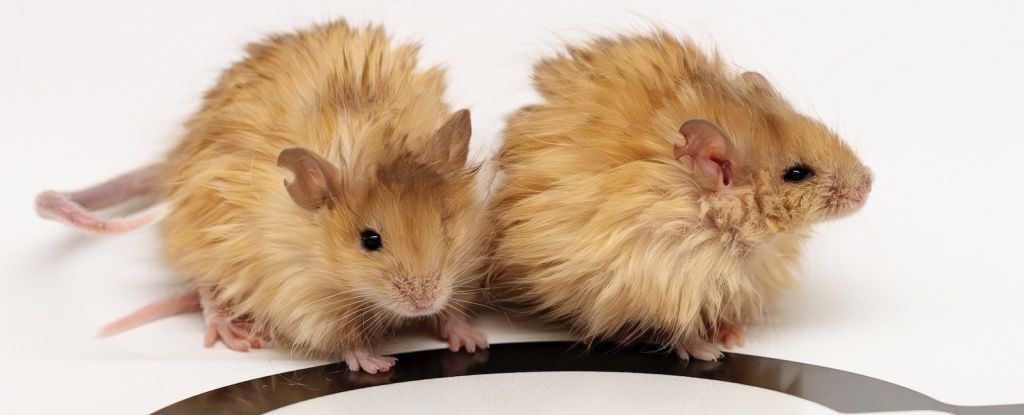Scientists have managed to restore erectile function in pigs with penile injuries using artificial tissue.
“We were […] surprised by the results in the animal experiments, where the penis immediately regained a normal erection”, says Tissue Engineer Xuetao Shi from South China University of Technology.
About half of all people with penises between the ages of 40 and 70 suffer from any form of erectile dysfunction. Some of them suffer from Peyronie’s disease, in which scar tissue from previous injuries causes pain and dysfunction.
This is usually treated by transplanting tissue from other parts of the patient’s body into the penis to replace the damaged area. But our immune systems are good at fighting off insertions of biological material, and even successful transplants can lead to problems like penis shortening due to differences between tissue types.
So Muyuan Chai, a fabric engineer at South China University of Technology, and his colleagues have turned to synthetic fabrics as a potential alternative.
Spongy Mammal erectile tissue are scaffolded by wavy collagen fibers (with some elastin) stacked parallel to each other tunic albuginea (TA). When the spongy tissue swells with blood, these fibers provide extra space while still holding everything together by smoothing out.
As the TA fibers reach their full length and then stretch, they also generate strength and act as a hydrostatic skeleton that controls and limits strain and resists external deformation.
Researchers constructed a synthetic mimic of these fibers by testing different compositions on a balloon model. They found that stretching isotropic polyvinyl alcohol gel and adding crosslinks to hold the resulting fibers in a parallel orientation produced the same directional expansion and strain as TA, creating the soft-to-tight transition that increased throughout the erectile tissue see is.
Chai and the team dubbed their bionic creation an artificial tunica albuginea (ATA). It can undergo cyclic cycles of relaxation and stretching while resisting fatigue, maintaining toughness, and withstanding needle pricks during sewing.
They then tested their synthetic fabric on pigs with TA injuries.
“Results one month post-procedure showed that the ATA group achieved good, if not perfect, repair results,” says Ski.
While ATA could not fully restore the intricate structure of the natural tissues as it did not replace the function of the other tissues involved, such as blood vessels, it was still able to restore normal erectile function in the pigs after saline injection. as shown in This video.
“Our work at this stage focuses on repairing a single tissue in the penis, and the next stage will be to look at repairing the entire penile defect or constructing an artificial penis from a holistic perspective,” Shi said explained.
Although there is still a long way to go before such technology can be used by humans, this research advances our understanding of robust but shape-shifting materials.
Furthermore, “this design approach is not limited to the biomimetic design of tunica albuginea tissues, but can be extended to many other load-bearing tissues.” says Ski.
This is because most load-bearing soft tissues share features similar to the tunica albuginea with its curly aligned fibers that provide the mechanical properties for its function. Such tissue can be found in blood vessels and the intestines, cornea, bladder, tendons and heart, so a similar strategy could be used to repair them as well.
This study was published in matter.





